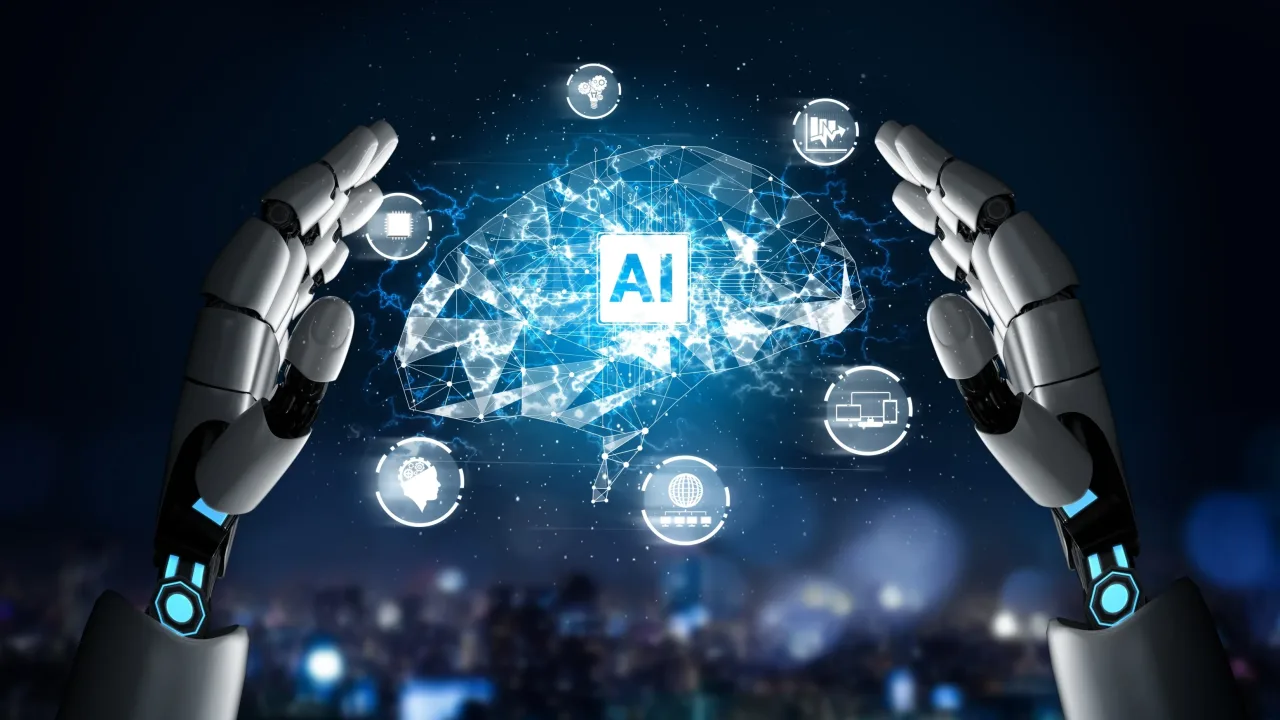
Shocking Revelation: AI Poses Greater Threat to Female Workers
Light House Denver – Female workers face a significantly higher risk of being replaced by artificial intelligence (AI) compared to their male counterparts. A joint report by the International Labour Organization (ILO) and Poland’s National Research Institute for Digital Affairs (NASK) reveals that AI-driven automation could displace nearly 10% of female-dominated jobs in high-income countries, whereas only about 3.5% of male-dominated jobs face similar threats.
The largest gender gap in AI exposure occurs in developed countries. In these regions, approximately 41% of high-income jobs held by women are potentially automatable, compared to just 28% of jobs held by men. This finding highlights the particular vulnerability of female workers amid rapid technological advancements.
“Read More: Safe Ways to Remove Fine Upper Lip Hair in Women”
The study surveyed 1,640 workers across various sectors in Poland. Researchers then used AI technology to analyze over 2,500 professions and more than 29,000 job tasks to assess automation potential. The results indicated that administrative roles, such as administrative officers and word processors, are the most exposed to AI disruption. Accountants and bookkeeping staff also face high exposure to AI automation. This is largely due to routine tasks like meeting note-taking and appointment scheduling being easily automated.
Other professions with high automation risk include web developers, media specialists, and database specialists. Additionally, workers in the finance and software sectors also face significant risks. However, the report stresses that these figures represent potential exposure to automation, not direct job losses.
Although AI can automate many tasks, full replacement of workers by AI remains limited. The report emphasizes that human involvement is still crucial to oversee and manage automated processes. “Most jobs consist of tasks requiring human input, so the impact of generative AI is more likely to be job transformation rather than total replacement,” the report explains.
These findings serve as an important warning to policymakers, companies, and society. They highlight the need to better prepare for the evolving labor landscape shaped by AI. In particular, protecting female workers through retraining and upskilling initiatives is essential to prevent them from falling behind in the digital era. With the right strategies, AI can shift from being a threat to becoming an opportunity for creating more inclusive and sustainable employment.
“Continue Reading: Should Children Take Multiple Extra Lessons?”